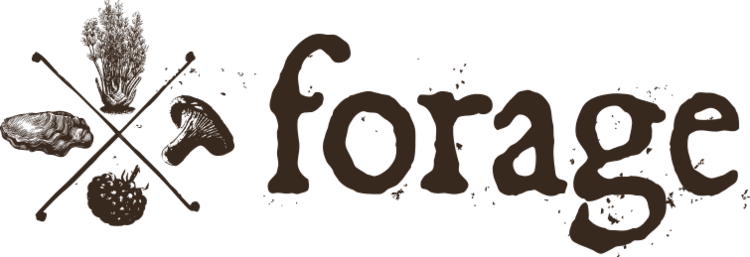3 Unique Northern Californian Seaweeds that Grow Close to Shore
With spring creeping around the corner, people who know about harvesting wild seaweed start to get ready. This is the best time of year to go out looking for marine algae. At this time, the temperature in the near-shore ocean usually settles between 47-50 degrees Fahrenheit, which is the optimal temperature for seaweed to grow — and it grows in bunches.
Foraging for seaweed is actually quite easy, once you’ve done a little bit of research. Many kinds of seaweed can be easily spotted from the shoreline and harvesting it does not necessarily require going into deep water. Below, we’ll highlight a few types of edible seaweed that like to grow close to the shoreline.
Turkish Washcloth (Mastocarpus Papillatus)
Turkish Washcloth, commonly referred to as Grapestone, is a perennial red alga that can be found top to bottom on the West Coast. This kind of seaweed has a very unique use. Aside from being edible, Turkish Washcloth, as its name suggests, can be used as a natural exfoliator and is said to have antimicrobial properties. In terms of flavor, Turkish Washcloth tastes similar to oysters. It is often used in soups and stir-fries. This seaweed can be easily harvested in batches right from the shore.
Sea Palm (Postelsia Palmaeformis)
Sea Palm is a species of kelp that is classified as brown algae. It is generally found in rocky shores off the coast of Northern California. Interestingly, it is one of few kinds of algae that can remain alive while out of water. Although this seaweed is edible and easy to spot from the shore, it is sensitive to over-harvesting, so stick to eating the Sea Palm that has already been naturally uprooted. It’s important to note that is it illegal to harvest sea palm without a commercial license, so make sure to read up on your local regulations before harvesting anything from the sea.
Chainbladder Kelp (Stephanocystis Osmundacea)
Chainbladder Kelp is another type of marine algae that often grows in rocky shores. It’s found in the lower intertidal or in the subtidal of kelp forests. It gets its name from the chain of floats that emerge from the tip of its blades. Its unique look makes it one of the easier kinds of marine algae to identify.
Some people might think of seaweed only as that gross stuff that touches their feet as they swim. However, those who have tried it know just how delicious seaweed can be. Plus, as seen with the Turkish Washcloth, there are other uses for algae apart from being used as a food! Northern California is home to many different types of seaweed to experiment with.
Before heading off to harvest your own seaweed, make sure you learn the proper foraging technique so the process goes smoothly and you don’t over-harvest any critical species. Once you start harvesting your own seaweed, it might just become a lifelong activity!



